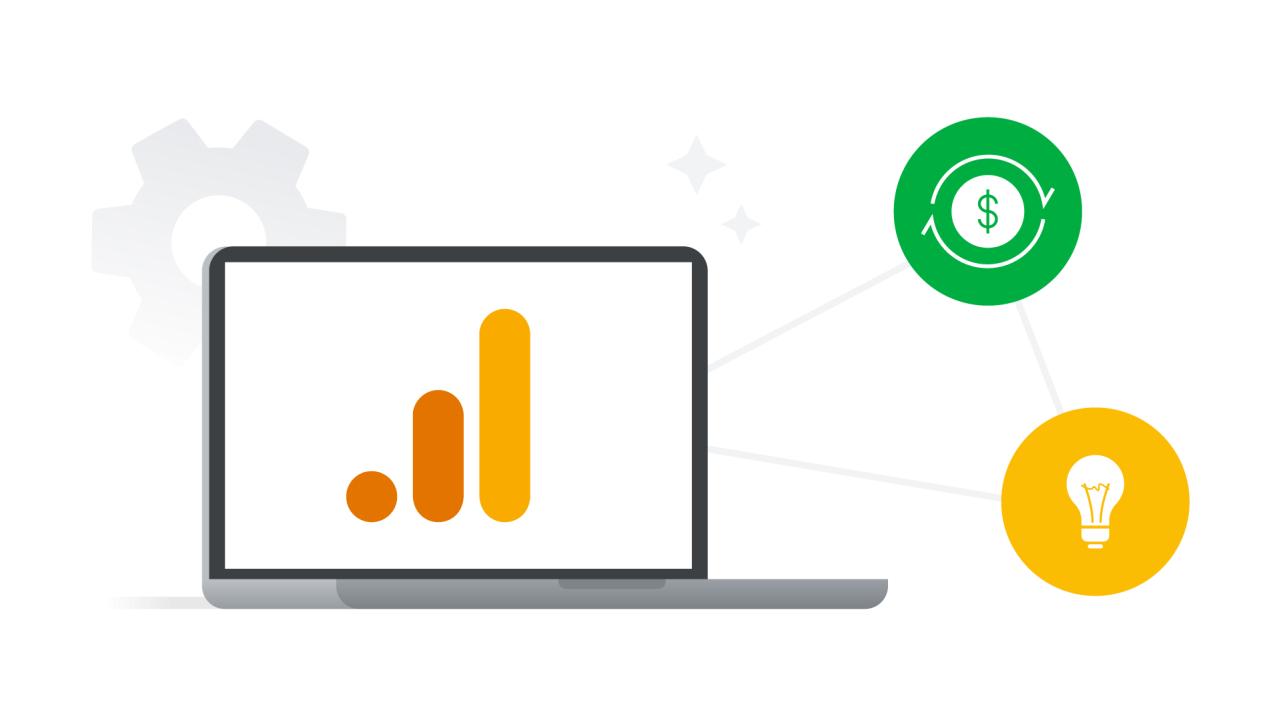Google Analytics is an essential tool for anyone running a website, whether you're a small business owner, a marketer, or a blogger. It provides insights into how visitors interact with your site, which can help you make data-driven decisions to improve user experience and boost your business goals. Let's dive into the basics of Google Analytics and get you started on your journey to becoming an analytics pro!
Getting Started with Google Analytics
Setting Up Your Account
Before you can start collecting data, you need to set up a Google Analytics account. If you already have a Google account, you can use it to log in. If not, create a new Google account. Once you're logged in, head over to the Google Analytics website and click on "Start for free" to begin the setup process.
Creating a Property
A "Property" in Google Analytics represents your website or app. To create a new property, click on the "Admin" gear icon at the bottom left of the Google Analytics dashboard. Then, under the "Account" column, select "Create Account." Enter a name for your account, and then click "Next" to set up your property. Here, you'll enter your website's name and URL, choose your industry category, and select your time zone. After filling in these details, click "Create" to generate your unique tracking ID.
Adding the Tracking Code
Once your property is set up, you’ll receive a tracking code—a snippet of JavaScript that you need to add to every page of your website. This code collects data about your site visitors and sends it to Google Analytics. If you’re using a website builder like WordPress, you can install a plugin such as "GA Google Analytics" or "Insert Headers and Footers" to easily add the tracking code to your site. If you’re manually editing your site, insert the code just before the closing <head> tag in your HTML.
Understanding the Google Analytics Dashboard
Home
The Home tab provides an overview of your website’s performance. Here, you’ll see key metrics like the number of users, sessions, bounce rate, and session duration. It’s a great place to get a quick snapshot of how your site is doing.
Real-Time Reports
The Real-Time reports show what's happening on your website at this very moment. You can see how many visitors are currently on your site, what pages they're viewing, their geographic location, and the traffic sources bringing them in. This is particularly useful during promotions or when you launch a new marketing campaign.
Audience Reports
The Audience reports help you understand who your visitors are. You'll find details about their demographics, interests, geographic location, and behavior. This information can be invaluable when crafting targeted marketing strategies and content that resonates with your audience.
Acquisition Reports
Acquisition reports show you how visitors are finding your site. You can see the performance of different channels like organic search, paid search, social media, and referrals. This helps you determine which channels are driving the most traffic and where you might need to focus your marketing efforts.
Behavior Reports
The Behavior reports give you insights into how visitors interact with your site. You can see which pages are the most popular, how visitors navigate through your site, and where they tend to drop off. This information is crucial for improving your site’s user experience and keeping visitors engaged.
Conversion Reports
Conversion reports track how well your site fulfills your business goals. Whether it's sales, sign-ups, or downloads, these reports show you how visitors are converting on your site. To track conversions effectively, you need to set up goals in Google Analytics that align with your objectives.
Setting Up Goals
Goals in Google Analytics let you measure how well your site is achieving its objectives. To set up a goal, go to the Admin section and click on "Goals" under the "View" column. Click "New Goal" and choose a template that matches your goal, or create a custom goal. Common goals include tracking form submissions, purchases, or time spent on a page. Define the specific actions you want to track and configure the goal settings to start collecting data on conversions.
Using Google Analytics for Decision Making
Google Analytics is more than just numbers; it’s a tool that can guide your business strategy. By analyzing the data, you can identify trends, uncover opportunities, and make informed decisions. For example, if you notice a high bounce rate on a specific page, it might be time to update the content or improve the page’s loading speed. If a particular social media channel is driving significant traffic, consider investing more in that platform.
Google Analytics is a powerful tool that can help you understand your audience, optimize your website, and achieve your business goals. While it may seem overwhelming at first, starting with the basics and gradually exploring its features will provide you with valuable insights into your site’s performance. Dive in, experiment with the reports, and soon you'll be making data-driven decisions with confidence.














